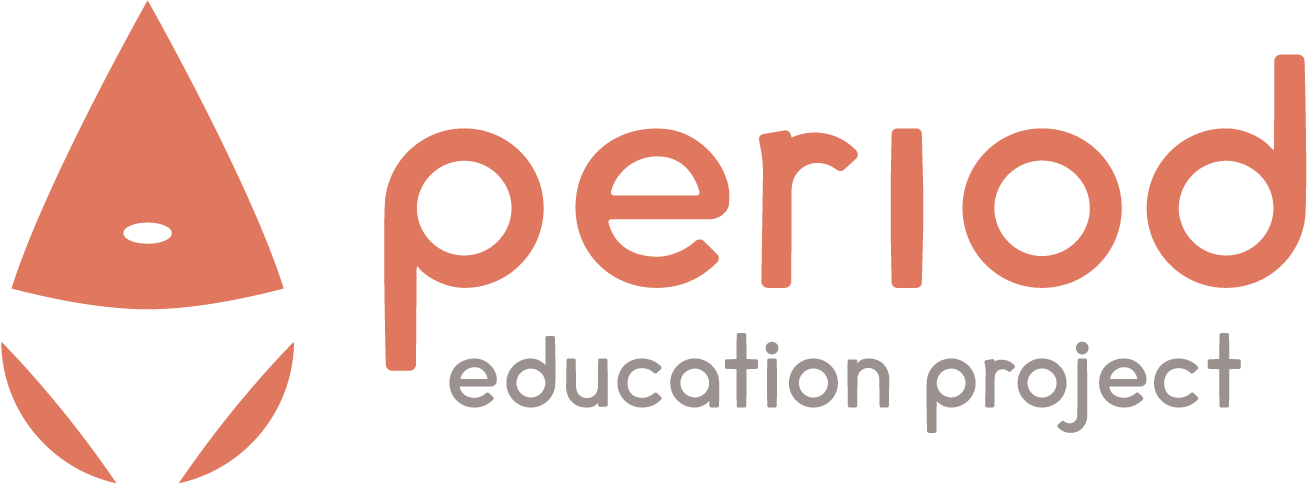Sion Yu, Period Pro from La Universidad Anáhuac México Norte
Have you heard of endometriosis? What is it?
Imagine your body as a beautiful garden, normally, the flowers (tissue) stay in the flower beds (uterus) but with endometriosis, some of those flowers start growing in the wrong places, like on the sidewalk or even inside the house! This condition causes tissue similar to the lining of your uterus to grow outside of it, leading to pain and sometimes fertility problems. It’s like having a garden where flowers pop up in all the wrong places (1-2).
Why Does it Happen?
The exact cause of endometriosis is still a big mystery (1). One popular idea is that during menstruation, some of the menstrual blood flows backward through the fallopian tubes and into the pelvic cavity instead of leaving the body (3). Another theory suggests that certain cells outside the uterus can transform into endometrial-like cells. Researchers are also looking into genetic, immune system, and hormonal factors that might contribute to the condition (4). It’s like trying to solve a puzzle with pieces that keep changing!
Is it very common?
Endometriosis is fairly common, affecting about 5-10% of women of reproductive age globally (1,5). That’s millions of women! It typically is diagnosed between the ages of 25 and 45, but it can start in the teenage years and sometimes even in women after menopause. On average, a woman has symptoms for ten years before being diagnosed with endometriosis. It’s a leading cause of pelvic pain and can also lead to problems with getting pregnant (1,6).
Where Does it Happen?
Endometrial tissue can grow in many places where it doesn’t belong. The most common spots are the ovaries, fallopian tubes, and the lining of the pelvis. However, it can also appear on the bladder, intestines, and even in more unusual places like the lungs or brain. This misplaced tissue acts like it would inside the uterus—it thickens, breaks down, and bleeds with each menstrual cycle, but because it has no way to exit the body, it becomes trapped (1-2).
What are the Symptoms?
The primary symptom of endometriosis is pain, which can range from mild to severe. This includes painful periods, pain during or after sex, pain with bowel movements or urination, and excessive bleeding. Infertility can also be a symptom. Other symptoms include fatigue, diarrhea, constipation, bloating, and nausea, especially during menstrual periods (1-2,7).
How is it Diagnosed?
Diagnosing endometriosis can be very tricky because its symptoms are similar to other conditions. Doctors often start with a detailed medical history and a pelvic exam. To get a definitive diagnosis, a doctor might perform a laparoscopy—a minor surgical procedure where a small camera is inserted into the abdomen to look for endometrial tissue. Ultrasound and MRI scans can also help identify cysts associated with endometriosis, called endometriomas (2, 8).
How is it Treated?
Treatment for endometriosis depends on the severity of symptoms and whether you want to get pregnant. The most common treatments include: pain relief, hormone therapy, surgery (1).
The Emotional Side
Living with endometriosis can be emotionally challenging. The chronic pain and the impact on fertility can lead to feelings of frustration, sadness, and anxiety. It’s important to seek support from friends, family, or a mental health professional. Support groups, both online and in-person, can also be a great way to connect with others who understand what you’re going through.
Living with Endometriosis
While endometriosis is a chronic condition, many people find ways to manage their symptoms and lead fulfilling lives. It’s about finding what works best for you, whether it’s through medication, surgery, lifestyle changes, or a combination of these. Remember, you’re not alone, and there are many resources and support networks available to help you navigate living with endometriosis. Always talk to a healthcare professional about any concerns you have regarding your health.
References:
- Taylor HS, Kotlyar AM, Flores VA. Endometriosis is a chronic systemic disease: clinical challenges and novel innovations. Lancet. 2021 Feb 27;397(10276):839-852. doi: 10.1016/S0140-6736(21)00389-5. PMID: 33640070.
- Zizolfi, B., Foreste, V., Gallo, A., Martone, S., Giampaolino, P., & Di Spiezio Sardo, A. (2023). Endometriosis and dysbiosis: State of art. Frontiers in endocrinology, 14, 1140774. https://doi.org/10.3389/fendo.2023.1140774
- Dastur, A. E., & Tank, P. D. (2010). John A Sampson and the origins of Endometriosis. Journal of Obstetrics and Gynaecology of India, 60(4), 299.
- Wang, Y., Nicholes, K., & Shih, I. M. (2020). The origin and pathogenesis of endometriosis. Annual Review of Pathology: Mechanisms of Disease, 15(1), 71-95.
- Invitti, A. L., & Demetriou, L. (2023). The impact of endometriosis. Frontiers in Global Women’s Health, 4, 1190974.
- Smolarz B, Szyłło K, Romanowicz H. Endometriosis: Epidemiology, Classification, Pathogenesis, Treatment and Genetics (Review of Literature). Int J Mol Sci. 2021 Sep 29;22(19):10554. doi: 10.3390/ijms221910554. PMID: 34638893; PMCID: PMC8508982.
- Tennfjord MK, Gabrielsen R, Tellum T. Effect of physical activity and exercise on endometriosis-associated symptoms: a systematic review. BMC Womens Health. 2021 Oct 9;21(1):355. doi: 10.1186/s12905-021-01500-4. PMID: 34627209; PMCID: PMC8502311.
- Zwierzchowska, A., Panek, G., Gajewska, M., & Barcz, E. (2017). Endometriotic lesions mimicking advanced ovarian cancer – A case report and a review of the literature. European journal of gynaecological oncology, 38(2), 303–307.
- Zondervan, K. T., Missmer, S., Abrao, M. S., Einarsson, J. I., Horne, A. W., Johnson, N. P., Lee, T. T. M., Petrozza, J., Tomassetti, C., Vermeulen, N., Grimbizis, G., De Wilde, R. L., & International working group of AAGL, ESGE, ESHRE and WES (2022). Endometriosis Classification Systems: An International Survey to Map Current Knowledge and Uptake. Journal of minimally invasive gynecology, 29(6), 716–725.e1. https://doi.org/10.1016/j.jmig.2022.01.014
- Zullo, F., Spagnolo, E., Saccone, G., Acunzo, M., Xodo, S., Ceccaroni, M., & Berghella, V. (2017). Endometriosis and obstetrics complications: a systematic review and meta-analysis. Fertility and sterility, 108(4), 667–672.e5. https://doi.org/10.1016/j.fertnstert.2017.07.019
